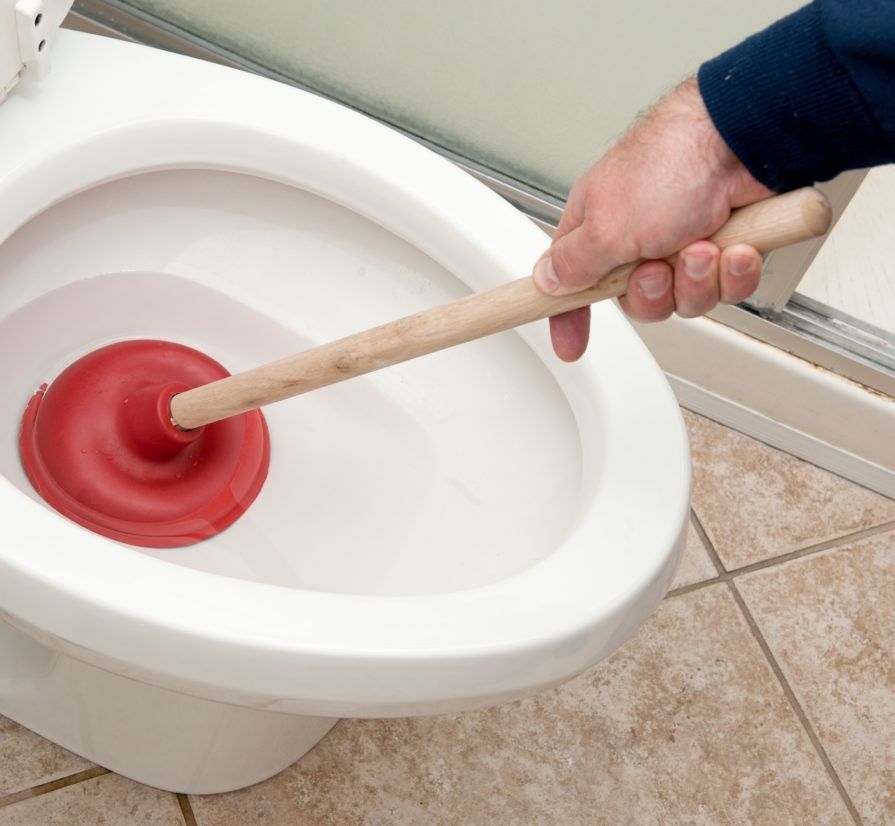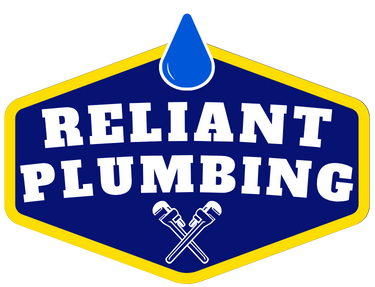
🚽 What Causes Plugged Toilets (and How to Prevent Them)
Toilet always clogging? Learn what causes blockages—and how to stop them for good.

Introduction
Few things are more frustrating than a toilet that backs up right when you need it most. A plugged toilet isn’t just inconvenient—it can be messy, embarrassing, and even lead to water damage if left unchecked.
Toilets are designed to handle human waste and toilet paper, but a variety of common habits and plumbing issues can lead to recurring clogs. In this article, we’ll explore the most frequent causes of plugged toilets, how to fix minor clogs, and what steps you can take to prevent them from happening in the first place.
1. Common Causes of Toilet Clogs
🚫 Flushing the Wrong Items
Toilets are not trash cans. Items like wipes (even “flushable” ones), paper towels, feminine hygiene products, dental floss, and cotton balls can clog drains quickly. These materials don’t break down in water and can snag inside pipes.
💩 Excessive Toilet Paper Use
Using large amounts of toilet paper at once can overwhelm your toilet's drain and lead to a blockage. Low-flow toilets are especially prone to this issue.
🔧 Partial Blockages or Pipe Build-up
If your toilet drains slowly or frequently plugs, the issue could be deeper in the drain line. Older cast iron pipes, grease buildup, or tree root intrusion can cause ongoing partial blockages.
🧒 Children’s Toys or Objects
In family homes, toys or household items sometimes end up in the bowl—and down the drain. A toy or plastic object lodged in the toilet trap or pipe can cause immediate and repeated clogs.
2. DIY Fixes for Minor Clogs
If your toilet isn’t completely blocked and the bowl isn’t overflowing, you can try:
- A plunger: A flange plunger creates a tight seal and pushes water pressure down the drain.
- Hot water and dish soap: Letting this mixture sit for 10–15 minutes can help loosen greasy or organic clogs.
- A toilet auger: This flexible tool helps reach and dislodge deeper blockages in the trap or nearby pipe.
Avoid using harsh chemical drain cleaners—they can damage your toilet and pipes.
3. When to Call a Plumber
If the clog keeps returning or your toilet drains slowly despite your efforts, it’s time to call a professional. A plumber can:
- Use a camera inspection to check for deep blockages or pipe damage
- Identify issues like tree roots, collapsed pipes, or improper slope
- Fully clear the line using an auger or hydro jetting equipment
In some cases, a blocked main sewer line is the real issue—not the toilet itself.
4. How to Prevent Toilet Clogs
The best way to avoid toilet trouble is through prevention:
- Only flush toilet paper and human waste—nothing else
- Limit toilet paper usage, especially with low-flush toilets
- Teach kids what not to flush (and keep toys away from the bowl)
- Don’t use the toilet to dispose of wipes or feminine hygiene products
- Schedule a drain cleaning or camera inspection if clogs keep recurring
Homeowners in Cambridge with older plumbing systems or large households can benefit from routine maintenance to avoid costly backups.
Final Thoughts
Plugged toilets are a nuisance, but they’re often avoidable. By sticking to proper flushing habits and knowing when to call for help, you can keep your bathroom running smoothly. If you’re dealing with frequent clogs, it could be a sign of a larger issue in your home’s plumbing that’s worth inspecting.
